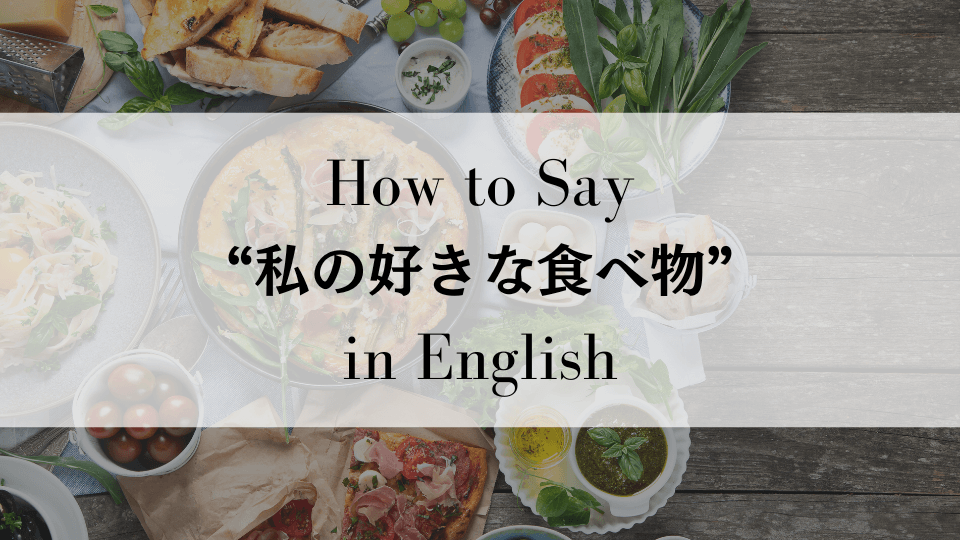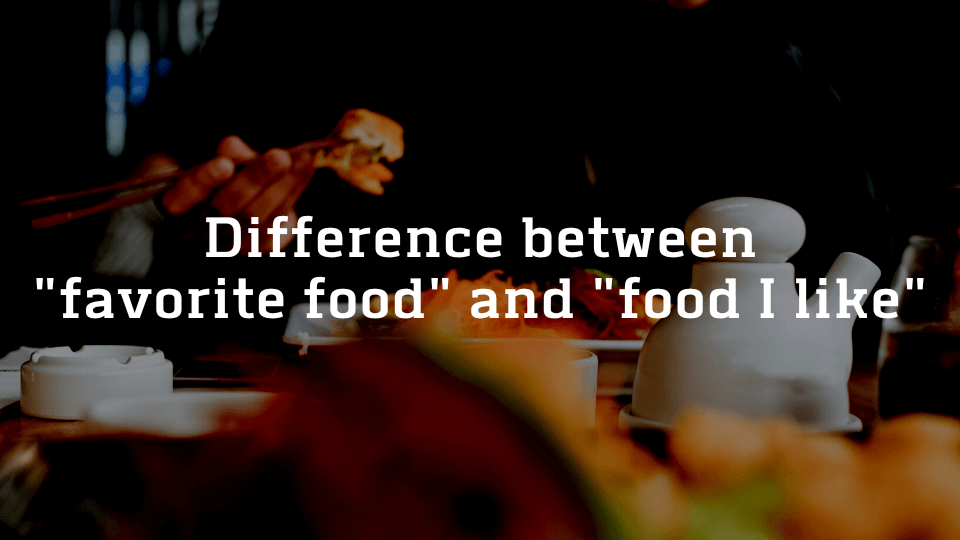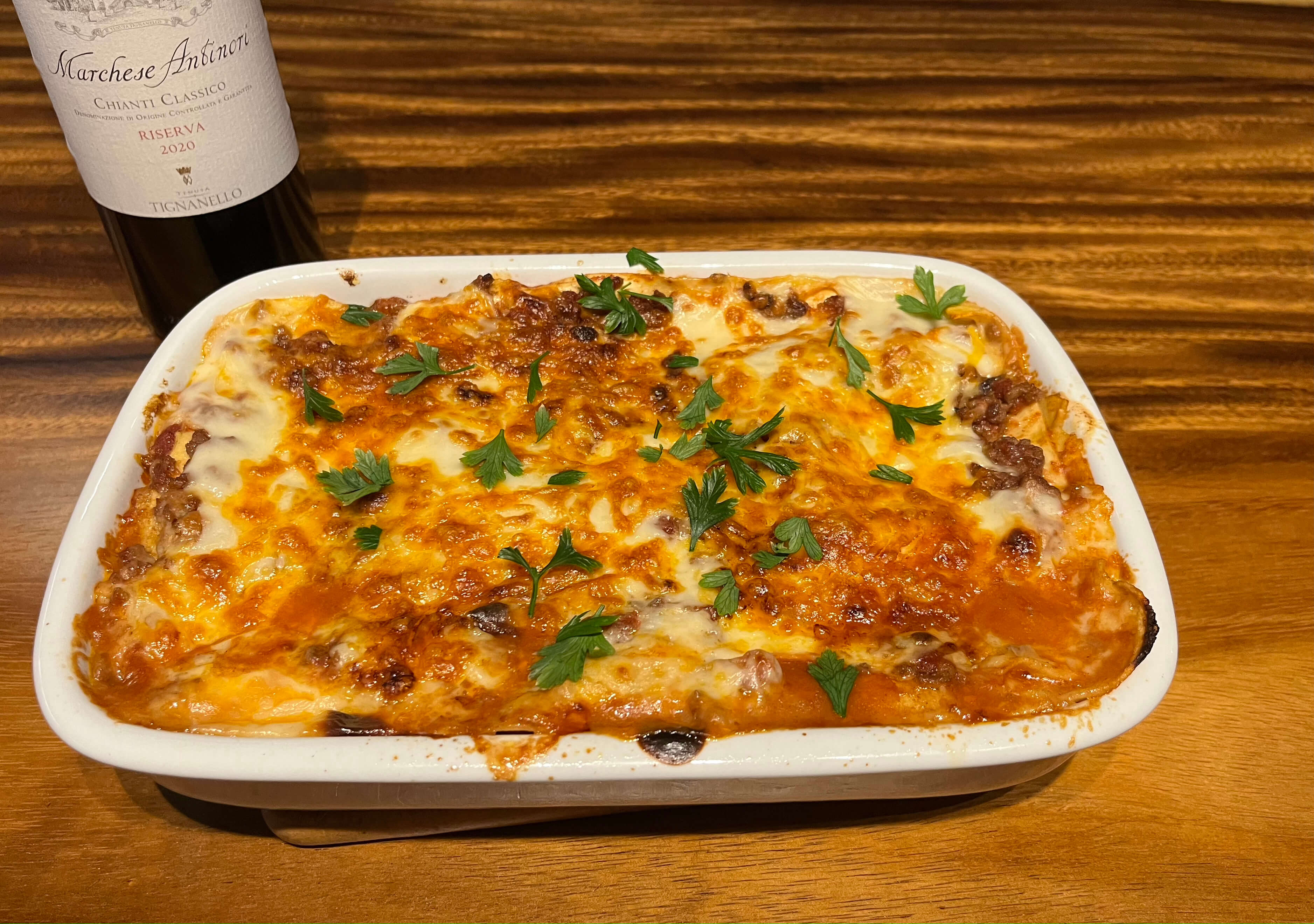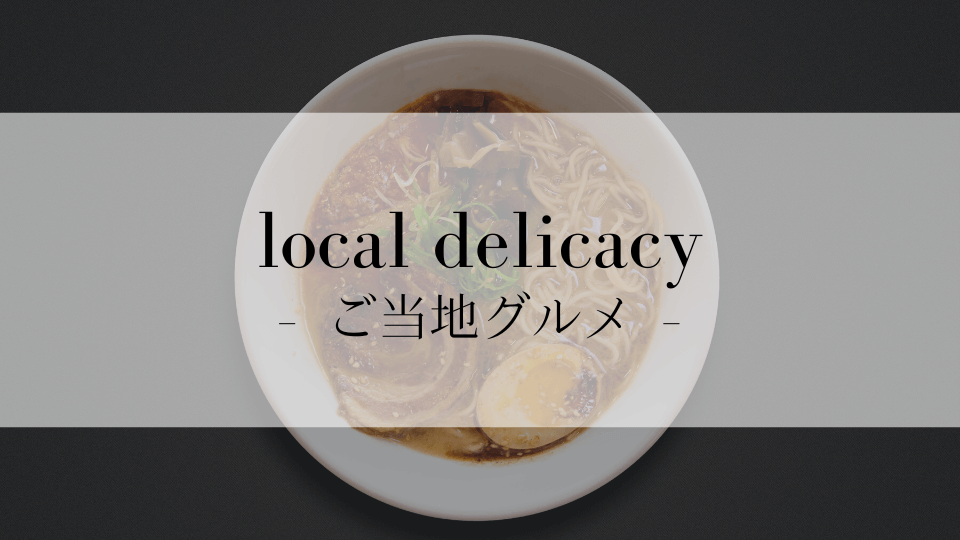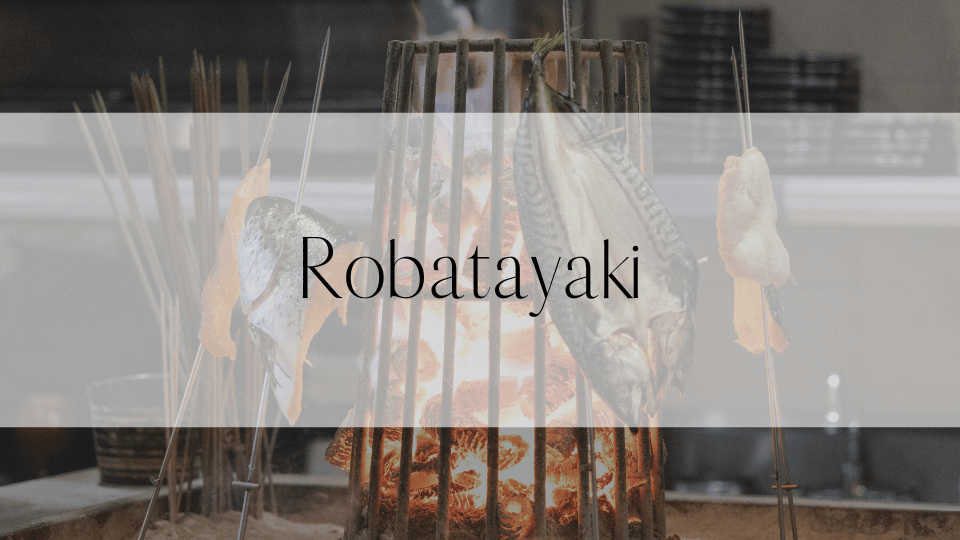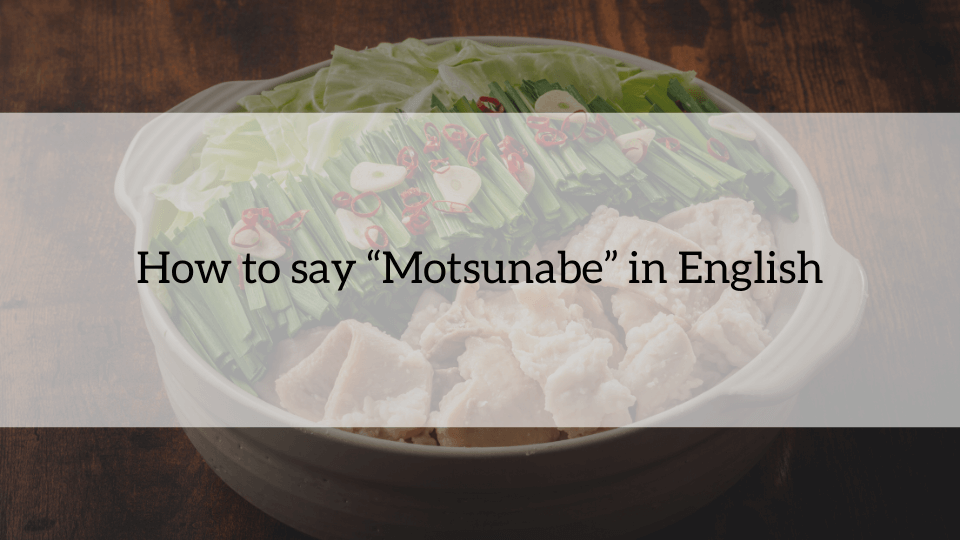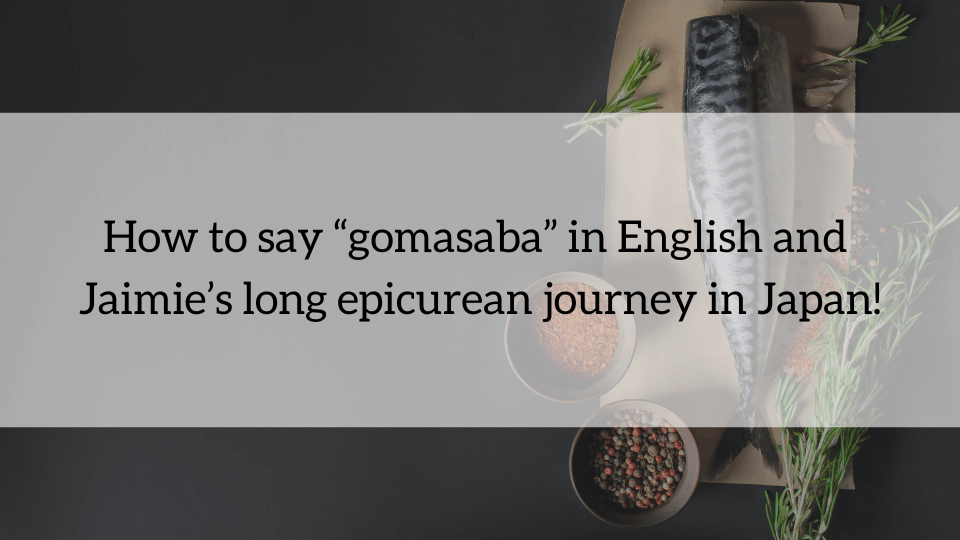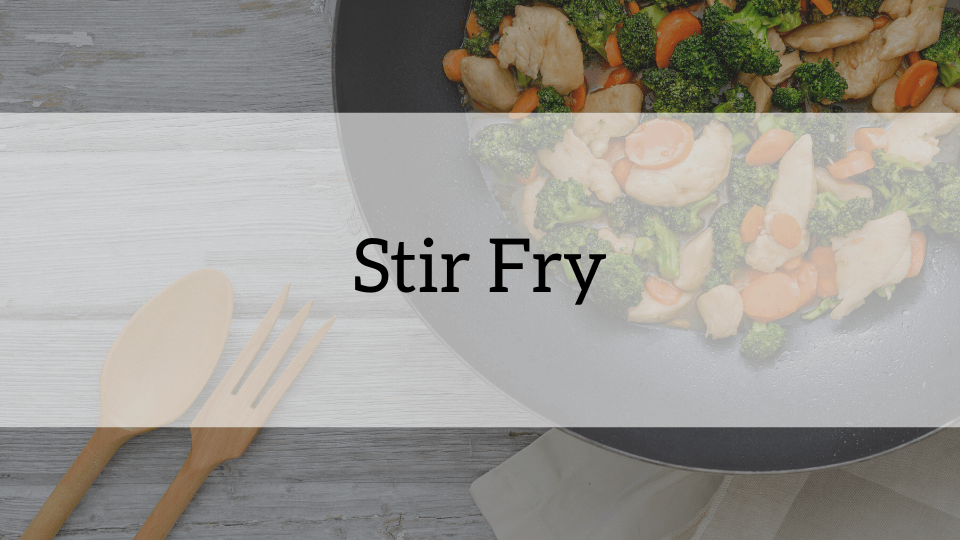【執筆:講師ティム】
こんにちは、英語愛好家のみなさん!
今日は、日常生活でよく使われるフレーズ、会話で頻繁に出てくる「私の好きな食べ物」について深く掘り下げていきます。
このフレーズを英語ではどのように表現するか、さまざまな場面での使い方を探求します。
また、それを習得することがコミュニケーションのためになぜ重要であるかを探っていきます。
「私の好きな食べ物」を英語で言う方法
これは、特に初級レベルの生徒さんが間違えることが多いのですが、「好きな食べ物」を直訳して「like food」と言うことがあります。
例えば「I like food is curry」と言うことがあります。
これは英語では間違っていて、「好きな食べ物」は英語では「food I like」や「my favourite foods」となります。
「food I like」と「my favourite foods」の意味はわずかに異なりますが、どちらも「好きな食べ物」を表すのに使うことができるので、頭に入れておいてください。
「food I like」と「my favourite foods」を使った例文
「food I like」と「my favourite foods」を自然に使用した例文をご紹介します。
My favourite food in Fukuoka is motsunabe. It’s delicious!
(私の福岡でのお気に入りの食べ物はもつ鍋です。とても美味しい!)
One of my favourite foods in Japan is tempura. It goes well with beer!
(日本のお気に入りの食べ物の一つは天ぷらです。ビールとよく合います!)
A food I like to eat in the morning is yesterday’s pizza paired with some coffee.
(朝に食べるのが好きな食べ物は、昨日のピザとコーヒーです。)
What are some foods you like?
(あなたの好きな食べ物は何ですか?)
「favorite food」と「food I like」の違いと例文
英語で「favourite」という言葉を使うとき、最も好きなものを意味します。
[例文]
My favourite city in Japan is Fukuoka.
(私の日本でのお気に入りの都市は福岡です。)
上記の例では、福岡が好きであるだけでなく、日本の知っている他の都市よりも好きであることを伝えています。
もう一つの例は、
One of my favourite foods is pizza.
(私のお気に入りの食べ物の一つはピザです。)
上記の例では、私たちが最も好きな食べ物がいくつかあり、そのうちの一つがピザであることを伝えています。
「food I like」の使い方は、特に英語初心者の生徒さんには少し難しいでしょう。
そして「favourite」とは意味がわずかに異なります。
[例文]
Pizza is a food I like.
(ピザは私の好きな食べ物です。)
この例では、ピザがお気に入りの食べ物の一つであるかどうかはわかりません。
ピザを好きだということだけが分かります。
そのため、この文はあまり一般的ではないと言わざるを得ません。
多くの人は上記の言い方の代わりに単に「I like pizza」と言うかと思います。
私の家族のお気に入りの食べ物
息子を除く私の家族は食通で、好きな食べ物がたくさんあります。
家族のお気に入りの食べ物は、おそらくラザニアだと思います。
私の妻がとても上手に作ってくれるので、メニューにラザニアがあるときは私たちはみんな大喜びします!
まとめ
「私の好きな食べ物」を英語で簡単に表現する方法は「My favorite food」です。
もちろん、同じ文法を使って、他のものについて話すこともできます。
例えば、favourite song(お気に入りの歌)、favourite day(お気に入りの日)、favourite drink(お気に入りの飲み物)、あるいはfavourite English school (お気に入りの英語学校)など。
ケンジントン英会話があなたのお気に入りだと嬉しいです!
実践的な英語ならケンジントン英会話
ケンジントン英会話では、教科書には載っていない、生きた表現を身に付けられます。
福岡市内の教室やオンラインで、経験豊富でフレンドリーな講師と一緒に英語を学びませんか?
実践的な英語を学びたい方はケンジントン英会話の公式サイトをチェック!
[英語原文]
Hello there,Enlglish language enthusiasts! Today, we’re going to be diving into a common phrase used in daily life, one that often pops up in conversations about personal preferences: “私の好きな食べ物” in Japanese. We’ll explore how to express this phrase in English, its relevance in various situations, and why mastering it is essential for effective communication.
How to Say “私の好きな食べ物” in English
This is something many of my students get wrong especially in lower levels. They sometimes translate 好き な 食べ物 directly from Japanese as “like food”. For example, they would say “I like food is curry”.
That is of course wrong in English. In English 好き な 食べ物 is “ food I like” or “my favourite foods”. Please keep in mind that the meaning of “my favourite foods” and “ food I like” is slightly different but both can be used to translate 好き な 食べ物.
Example Sentences
Here are some natural example sentences using both expressions above.
- My favourite food in Fukuoka is motsunabe. It’s delicious!
- One of my favourite foods in Japan is tempura. It goes well with beer!
- A food I like to eat in the morning is yesterday’s pizza paired with some coffee.
- What are some foods you like?
Difference between “favorite food” and “food I like,” and Some Example Sentences
When we use the word “favourite” we mean that it’s something that we like best.
Ex. My favourite city in Japan is Fukuoka.
In the above example we don’t only convey that we like Fukuoka but we also convey that we like it more than any other city we know of in Japan.
Another example would be
Ex. One of my favourite foods is pizza.
In the above example we convey that we have some different foods we like best and one of them is pizza.
The use of “food I like” is a little bit harder especially for beginner students, and the meaning slightly differs from “favourite”.
Ex. Pizza is a food I like.
In the above example we don’t know if pizza is one of the speaker’s favourite foods. We just know that they like it. I need to say that the above sentence wouldn’t be very common. I think most people would just instead say “I like pizza”.
My Family’s Favorite Food
I think with the exception of my son, the rest of my family are foodies and there are many foods we like. I think my family’s favourite food is probably lasagna. My wife cooks it very nicely and all of us are very glad when it’s on the menu!
Conclusion
There you have it, the easiest way to express “私の好きな食べ物” in English is “My favorite food.” Of course using the same grammar you could talk about any other thing you like best. Ex. Your favourite song, your favourite day, your favourite drink or even your favourite English school which I hope is ours!
~*~*~*~ \ Follow me / ~*~*~*~
Instagram : @kensington_eikaiwa
Twitter : @Kensington_Eng
Facebook : @kensingtoneikaiwa
YouTube : KENSINGTON英会話
~*~*~*~*~*~*~*~*~*~*~*~*~*
◆お問い合わせはこちら
ケンジントン英会話:お問い合わせフォーム






















